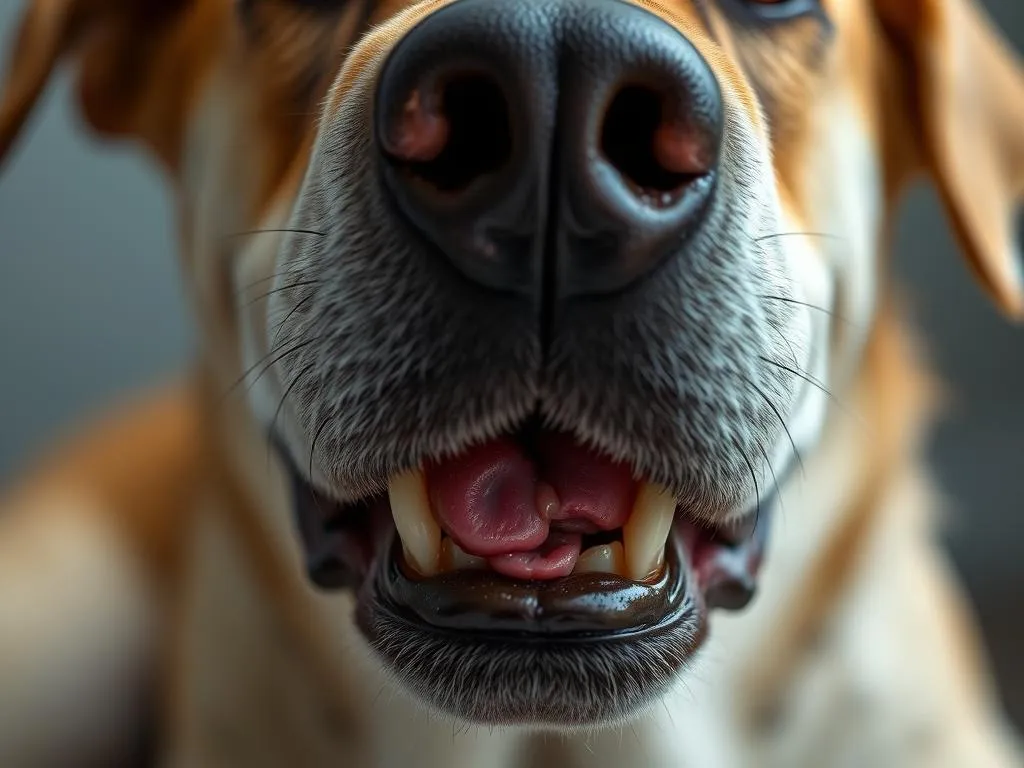
Introduction
Dental health in dogs is often overlooked, yet it plays a crucial role in their overall well-being. One of the common issues that can arise from neglecting dental care is a dog tooth infection. This condition can lead to severe pain, systemic health issues, and even tooth loss if not addressed promptly. Understanding what a tooth infection is, its causes, symptoms, and treatment options is essential for every dog owner. This article will guide you through everything you need to know about dog tooth infections, from diagnosis to prevention.
Understanding Dog Tooth Infections
Definition of Tooth Infection
A dog tooth infection occurs when bacteria invade the tooth structure, leading to inflammation and pus formation. This condition is often categorized into different types, including:
- Abscesses: Localized infections that can cause swelling and pain.
- Periodontal Disease: A more chronic condition affecting the gums and supporting structures around the teeth.
These infections can originate from various sources, making it important for dog owners to stay vigilant.
Causes of Dog Tooth Infections
Several factors can contribute to the development of a dog tooth infection:
- Bacterial Infections: The most common cause, often stemming from untreated plaque and tartar buildup.
- Poor Dental Hygiene: Neglecting regular brushing and cleanings allows plaque to harden into tartar, leading to infections.
- Trauma to Teeth: Injuries from chewing on hard objects can crack or damage teeth, creating an entry point for bacteria.
- Underlying Health Issues: Conditions like diabetes and immune deficiencies can predispose dogs to dental infections.
Understanding these causes can help in preventing infections from occurring in the first place.
Symptoms to Watch For
Recognizing the symptoms of a dog tooth infection is crucial for timely intervention. Common signs include:
- Bad Breath (Halitosis): A strong, unpleasant odor can indicate an underlying dental issue.
- Swelling Around the Mouth or Face: This can signal an abscess or other serious infection.
- Difficulty Eating or Chewing: If your dog is reluctant to eat or shows signs of pain while chewing, a dental issue may be present.
- Excessive Drooling: Increased saliva production can be a sign of discomfort or pain.
- Behavioral Changes: Look for signs of irritability, hiding, or changes in activity levels.
If you notice any of these symptoms, it’s essential to consult your veterinarian.
Diagnosing Tooth Infections in Dogs
Role of the Veterinarian
The first step in diagnosing a dog tooth infection is visiting your veterinarian. Their expertise allows for a comprehensive evaluation, which is crucial for determining the exact nature of the problem.
Diagnostic Tools
Veterinarians employ several diagnostic tools to assess dental health, including:
- Oral Examinations: A thorough inspection of your dog’s mouth to identify visible issues.
- X-rays: These are essential for detecting hidden infections, bone loss, and abscesses that may not be visible during a standard exam.
- Testing for Underlying Health Issues: Blood tests can be conducted to rule out or confirm any systemic conditions affecting dental health.
When to Seek Veterinary Help
It’s vital to understand when to seek veterinary help. Signs that require immediate attention include:
- Severe swelling or abscesses
- Significant changes in behavior or appetite
- Persistent bad breath that worsens over time
Routine dental check-ups and cleanings are also essential for maintaining your dog’s oral health.
Treatment Options for Dog Tooth Infections
Initial Treatment Approaches
Once a dog tooth infection is diagnosed, your veterinarian will recommend a treatment plan, which may include:
- Antibiotics for Bacterial Infections: These medications help eliminate the bacteria causing the infection.
- Pain Management Options: Pain relief is crucial for your dog’s comfort during recovery.
- Cleaning and Scaling of Teeth: Professional cleaning removes plaque and tartar, reducing the risk of further infections.
Surgical Interventions
In more severe cases, surgical intervention may be necessary:
- Tooth Extraction Procedures: If a tooth is severely infected or damaged, extraction may be the best option.
- Treatment of Abscesses: This may involve draining and cleaning the infected area to promote healing.
Post-Treatment Care
After treatment, proper care is essential for recovery. Consider the following:
- Home Care Tips for Recovery: Follow your veterinarian’s recommendations for medications and care.
- Importance of Follow-Up Visits: Regular check-ups ensure that the infection has been adequately addressed and helps monitor for any complications.
- Monitoring for Re-Infection: Be vigilant for any returning symptoms, as these can indicate a need for further treatment.
Preventing Tooth Infections in Dogs
Dental Hygiene Practices
Preventing a dog tooth infection begins with good dental hygiene practices:
- Brushing Your Dog’s Teeth: Aim to brush your dog’s teeth at least two to three times a week, using toothpaste specifically designed for dogs.
- Using Dental Chews and Toys: These can help reduce plaque and tartar buildup while providing a fun activity for your dog.
- Regular Professional Cleanings: Schedule routine dental cleanings with your veterinarian to maintain optimal oral health.
Diet and Nutrition
A balanced diet is crucial for your dog’s overall health, including dental health. Consider the following:
- Importance of a Balanced Diet: Ensure your dog is receiving a diet rich in nutrients that promote healthy teeth and gums.
- Foods that Promote Dental Hygiene: Some dog foods and treats are specifically designed to support dental health by reducing plaque and tartar.
Routine Veterinary Care
Consistency in veterinary care is key to preventing dog tooth infections:
- Recommended Dental Check-Up Frequency: Regular check-ups are essential for identifying potential dental issues early.
- Vaccinations and Overall Health Management: Keeping your dog’s vaccinations up to date and managing any underlying health conditions will also support dental health.
Frequently Asked Questions (FAQs)
Common Concerns from Pet Owners
- How can I tell if my dog has a tooth infection?
-
Look for symptoms such as bad breath, swelling, difficulty eating, and behavioral changes.
-
Are certain breeds more prone to dental issues?
-
Yes, some breeds, particularly small breeds like Chihuahuas and Dachshunds, are more susceptible to dental problems.
-
What are the long-term effects of untreated tooth infections?
- Untreated infections can lead to systemic health issues, including heart and kidney problems, and can result in tooth loss.
Myths and Misconceptions
- Myth: “If my dog eats dry food, they don’t need dental care.”
-
Fact: While dry food can help reduce plaque, it does not eliminate the need for dental hygiene practices like brushing.
-
Myth: “Dental problems are a normal part of aging.”
- Fact: While older dogs may be more prone to dental issues, good dental care can prevent many problems, regardless of age.
Conclusion
Recognizing and addressing a dog tooth infection is crucial for your pet’s health. Regular veterinary check-ups, good dental hygiene practices, and a balanced diet can significantly reduce the risk of infections. As a responsible pet owner, staying informed about dental health can help ensure your dog leads a happy and healthy life.









